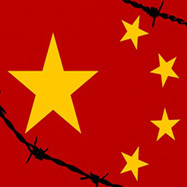The Forgotten Fact of “China-Occupied Kashmir”
There is a need to widely disseminate China’s insidious role as an illegal occupier of Kashmir’s territory, including its territorial grab in the trans-Karakoram tract, in order to raise public awareness of the issue – both in India and at the international level.
- Amb. Sujan R. Chinoy
- November 13, 2020









